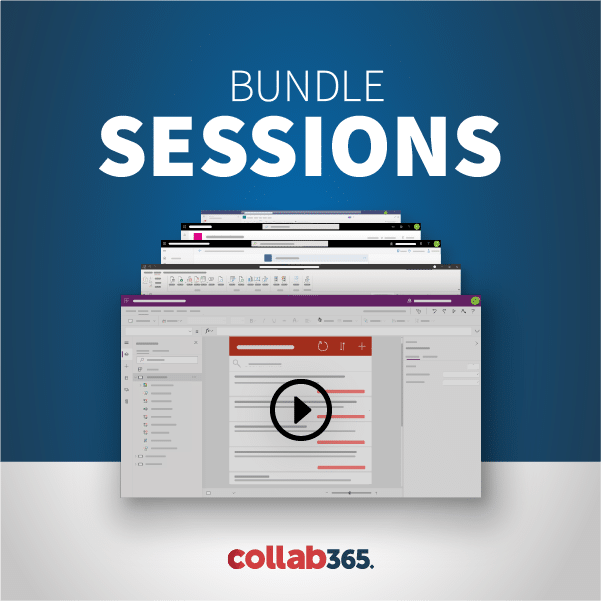Hi,
I am trying to get more info on the correct method to do a database attach upgrade from SP2010 and SQL 2008R2 to a SP2013 and SQL 2012 SP2 farm when the database is RBS enabled.
I am doing the follwoing:
1. Create a new web application with classic authentication in SP2013 by using PS.
2. Remove the DB created earlier.
3. Restore the DB files to the file system of SQL, including the RBS folder(I use this method because our backup tool cannot restore this directly to SQL).
4. Use this t-SQL to attach the DB to the SQL instance:
CREATE DATABASE Archive ON PRIMARY ( NAME = Arch1, FILENAME = 'c:\moved_location\archdat1.mdf'), FILEGROUP FileStreamGroup1 CONTAINS FILESTREAM( NAME = Arch3, FILENAME = 'c:\moved_location\filestream1') LOG ON ( NAME = Archlog1, FILENAME = 'c:\moved_location\archlog1.ldf') FOR ATTACH GO
–The SQL instance is already configured for RBS
5. Attach the restored DB to SP2013 by using mount-spcontentdatabase
6. Reconfigure the RBS client on SP2013 front ends with the following command:
msiexec /lvx* rbs_install_log.txt /qn /i RBS.msi REMOTEBLOBENABLE=1 FILESTREAMPROVIDERENABLE=1 DBNAME=”DB_NAME” FILESTREAMSTORENAME=FilestreamProvider_1 ADDLOCAL=EnableRBS,FilestreamRunScript DBINSTANCE=”SQL_INSTANCE”
And here it comes my first issue, which RBS.msi client should I use, should it be the rbs.msi from the SQL2008R2 feature pack or should I use the one from SQL2012 SP2 feature pack? I was not able to find this information anywhere. Everywhere it is specified SQL2008R2 but no mention if this changes if you use SQL2012.
7. Configure SP2013 to use RBS for the new web application and the restored content database.
8. Do a visual upgrade and change authentication to claims.

